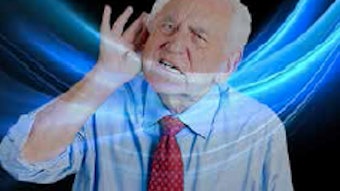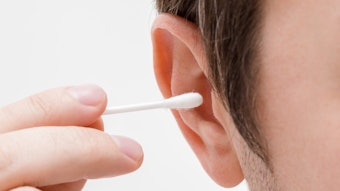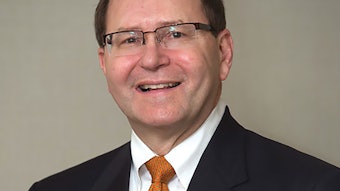Gender and strength
I know something of strong women. My wife of 33 years, Lorraine Randolph, is my guiding light, providing guidance and the blessings of our children, Greg Jr., Benjamin, and Madeline. When I am unsure, I ask Lorraine. Francis Randolph, my mother, now 93, single-handedly, in an alcoholic household, raised four children while teaching full-time.
 Gregory W. Randolph, MD
Gregory W. Randolph, MD
AAO-HNS/F Past President
But we have a problem.
Sujana S. Chandrasekhar, MD, AAO-HNS/F immediate past president, notes that even as women enter otolaryngology in greater numbers, they face overt and covert bias that could limit career choices: “There are still references to the ‘girl surgeon.’”
We all have unconscious bias. Unconscious bias has been shown to affect black versus white patient thrombolytic therapy decisions,1 as well as amputation versus revascularization decision-making depending on race,2 and is a driver for health disparities.3 But, these unconscious biases, when recognized, need not determine our behavior.
Women in Otolaryngology
The WIO Section draws from nearly 2,000 female Academy Members and is dedicated to the career development of women through honing leadership skills and networking. Ayesha N. Khalid, MD, WIO’s chair, epitomizes AAO-HNS positivity when explaining about why she became involved in WIO, “I simply wanted to give something back for all the women otolaryngologists who are coming after me.” Chair of the Outcomes Research and Evidence-based Medicine Committee, Jennifer J. Shin, MD, notes the WIO provides “camaraderie, scholarship, and leadership filling a vital role on issues that are critical to the development and advancement of women in our field.” The WIO has a Research and Survey Committee (investigating topics including gender inequality), Leadership Development and Mentorship Committee, and a robust education program partnering with the Young Physicians Section and Section for Residents and Fellows-in-Training.
Within our Academy, Anna M. Pou, MD, in 2005 under the horrific conditions of Hurricane Katrina, demonstrated heroic strength staying to treat stranded hospitalized patients with no lights or running water in the flooded hospitals of New Orleans. She withstood the subsequent misguided legal attacks and prevailed, as one of our modern era otolaryngology heroes.
Gayle E. Woodson, MD, past president, chaired the Global Task Force, which established the International Advisory Board, an internal body of global leaders. As president-elect, I coordinated appointments for the 1,148 volunteer committee positions with diversity as my primary directive. I was assisted by Susan D. McCammon, MD, Ethics Committee chair, who was awarded the 2016 Arnold P. Gold Foundation Award for Humanism in Medicine, and the committee received the Committee Excellence Award.
Sonya Malekzadeh, MD, former Education Coordinator, led the formation of a single comprehensive online platform, AcademyU®, with Richard V. Smith, MD, current coordinator. Dr. Malekzadeh notes “there is a definite trend to more women leaders, concerted efforts to improve promotion rates, and continued dialogue on pay disparity.” Harvard Residency Program Director Stacey T. Gray, MD, is chair-elect of the Rhinology Committee. Catherine F. Sinclair, MD, an academic thyroid surgeon, notes that career progression requires balancing family life with professional goals requiring “introspection, passion, courage, a positive mindset, and an awareness of the networks that exist to support and encourage us.” Louise Davies, MD, an endocrine surgeon and health outcomes researcher, has written some of the most formative papers in the field of papillary carcinoma overdiagnosis.
Susan R. Cordes, MD, chair of the BOG Legislative Affairs Committee and recent chair of the Humanitarian Efforts Committee, established an interactive map and database of humanitarian efforts of Academy Members. Dr. Cordes notes “With the encouragement of Academy Members, I have been able to see potential in myself that I was not aware of and to take on challenges I would have thought impossible.”
With this diversity, so we grow, and a body of collaborative work forms, larger than our self, of our otolaryngologic community, of our Academy.
References
- Green AR, et al. Implicit bias among physicians and its prediction of thrombolysis for black and white patients. 2007. J Gen Intern Med. 22(9):1231-1238.
- Collins TC, et al. Lower extremity nontraumatic amputation among veterans with peripheral arterial disease: is race an independent factor? Med Care. 2002. 40(1):I-106-I-116.
- Institute of Medicine. Unequal treatment. 2002.





